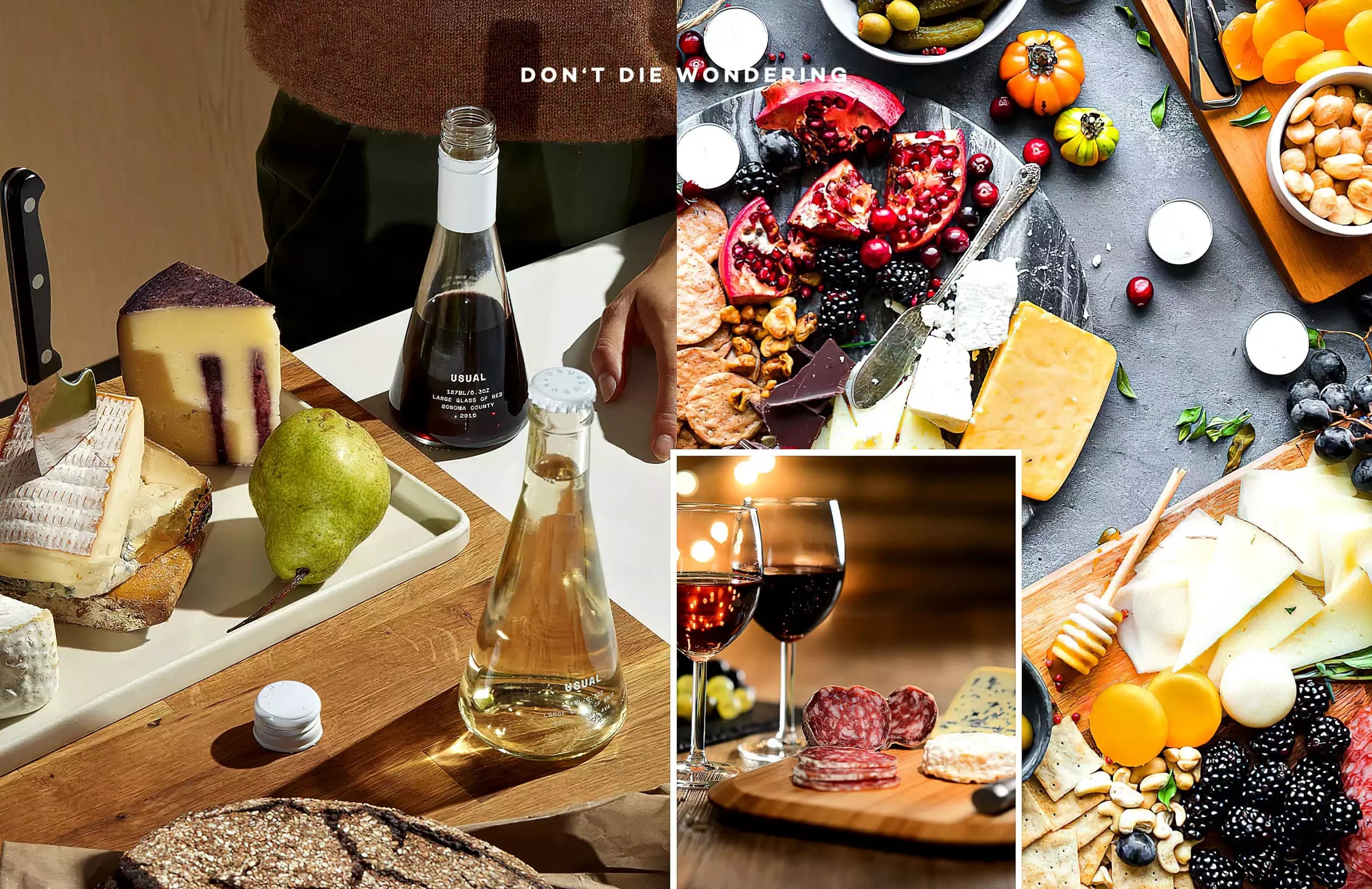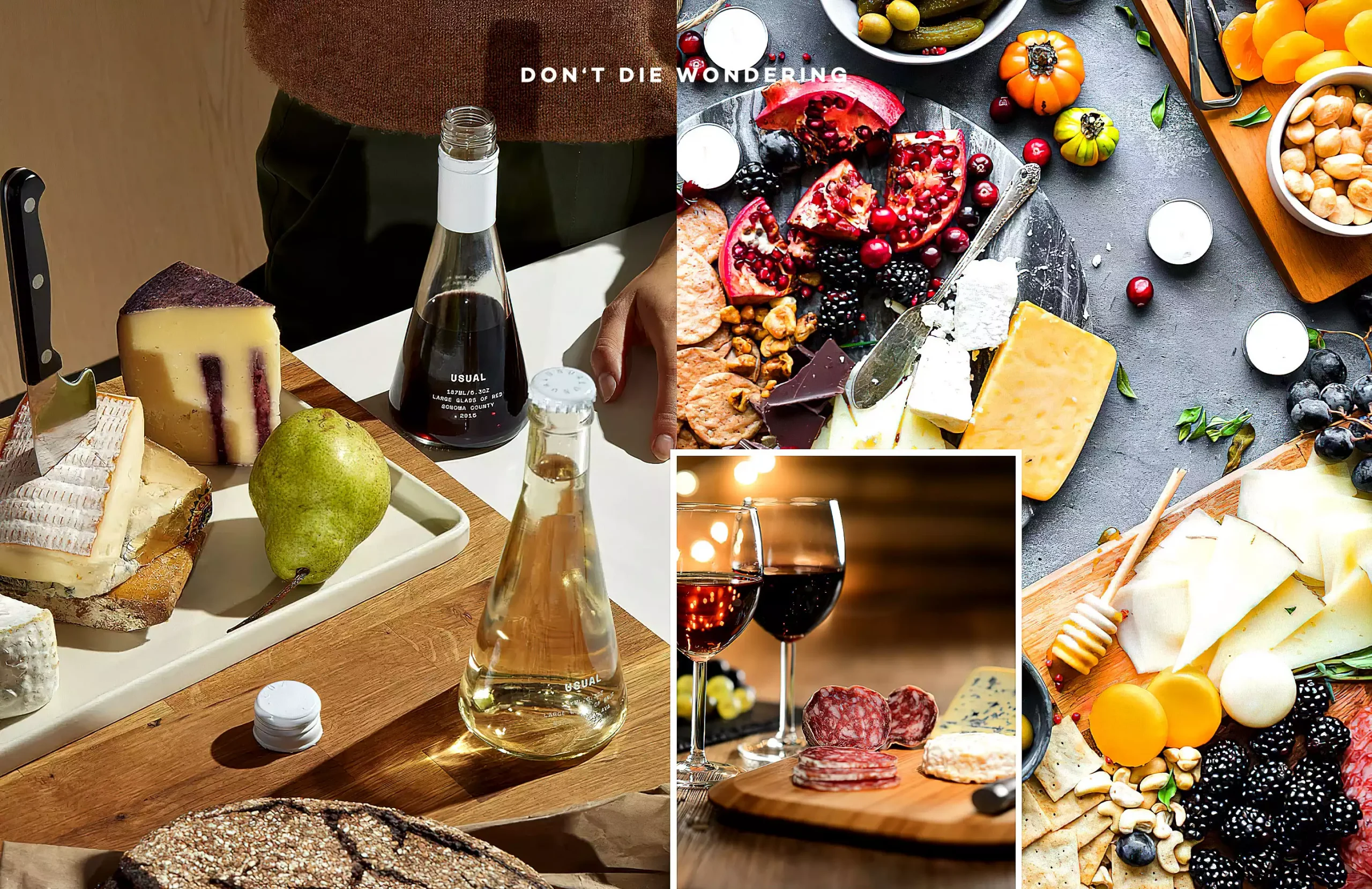There isn’t much better than fine wine — except a fine wine with cheese. Whether part of an antipasto platter or as a first, second or dessert course in a meal, a good cheese and wine pairing can make or break a dinner.
Like all wine pairings, there are several tried and true combinations and some more experimental pairings. Cheeses, like wines, have certain qualities that will clash or complement a paired wine.
So where do you start with cheese and wine pairings? Well like most pairings, we’ll start with the flavour.
For an in-depth review on wine pairing, check out our article here.

Hard vs Soft, Red vs White
Although like other foods, there are no hard rules when pairing your cheese and wines — there are guidelines to help you avoid flavour clashes.
The first, guideline, is one we have looked at before: pair your wine’s intensity to the intensity of your cheeses.
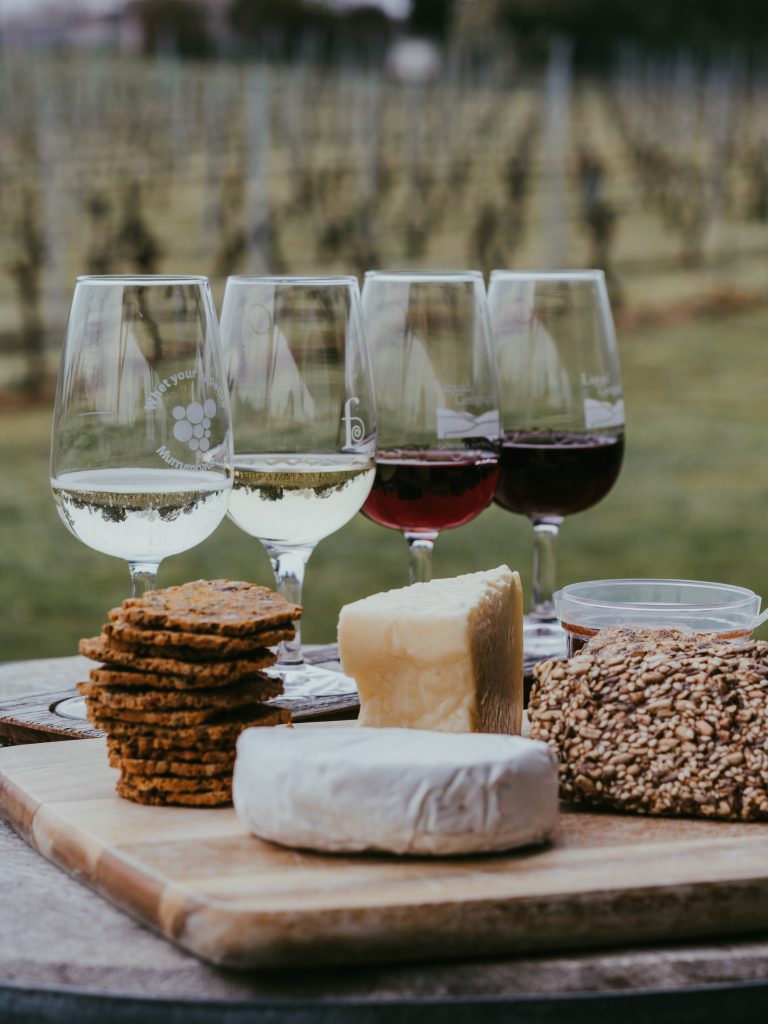
If you pair a big, intense wine with a mellow and subtle cheese — the wine will overpower it and defeat the purpose of the pairing. The reverse is also true — if you pair a strong cheese with a subtle wine — the wine will be defeated by the cheese. It’s all about balance.
One simplistic way to remember this is that red wines tend to go with hard cheese, while white wines tend to pair well with soft cheese.
Hard cheeses and semi-hard cheeses, think parmesan, cheddar and Gouda, are made by removing much of the whey from milk, they are then soaked in brine and matured — sometimes for years.
This gives hard cheeses a stronger flavour profile and adds intensity to the cheese.
Try a medium-bodied red like a cabernet sauvignon with these cheeses and, remember, the stronger the cheese, the bolder the wine to go with it.

Remember how high-tannin, full-body wines go well with powerful red meats? Well, some hard cheeses share the umami flavour profile of these red meats — making them a good choice to pair with a bold red. This is particularly true of aged cheeses, which pair well with highly tannic reds.
Rules are made to be broken, however. If you are looking to mix it up and throw out the conventions — a mild cheddar can pair quite well with chardonnay. Remember, they are just guidelines, not rules.
Conversely, a soft and subtle cheese like brie or camembert tends to pair well with dessert wines or with white wines. The decision between the two is usually determined by when you are having your cheese plate.
If you are having an appetiser, white wines are recommended — if it is desert try pairing soft cheeses with a port or a sherry.
Soft cheeses are made with acids, often vinegar or lemon juice. They impart a unique creaminess on the palate like no other food.
Because of this process, acidic or fruity wines pair well with soft cheeses. Just as Brie pairs well with cranberry or pears, a wine with these flavour notes will complement the cheese.
Rosés are good here as well. Mixing a good rosé with a soft French cheese gives a flavour profile that invokes, to me, sitting on a sunny hill in the French countryside having a picnic while the day lazes away. It is one of my favourites.
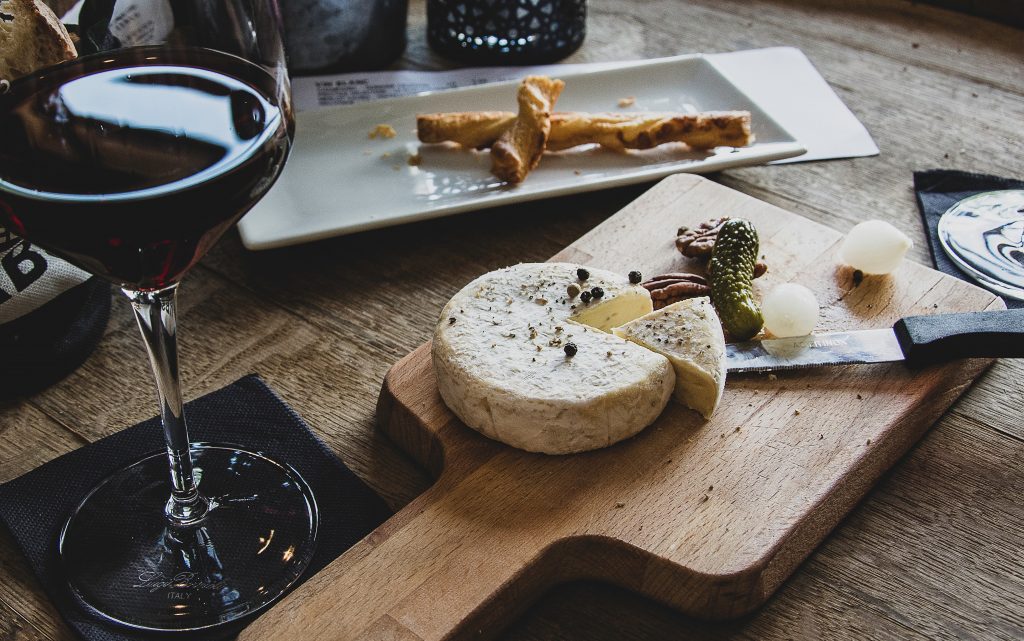
If you’re into reds, a fruity pinot noir can go well with these soft cheeses, just make sure it isn’t too bold to overpower the cheese.
What about soft cheeses that are powerful? I’m thinking gorgonzola, stilton and other bleu cheeses. Believe it or not, dessert wines are great here. This is more of a contrasting pairing but something about the nasal umami of a strong blue cheese, washed down by a sweet port or sherry hits the spot.
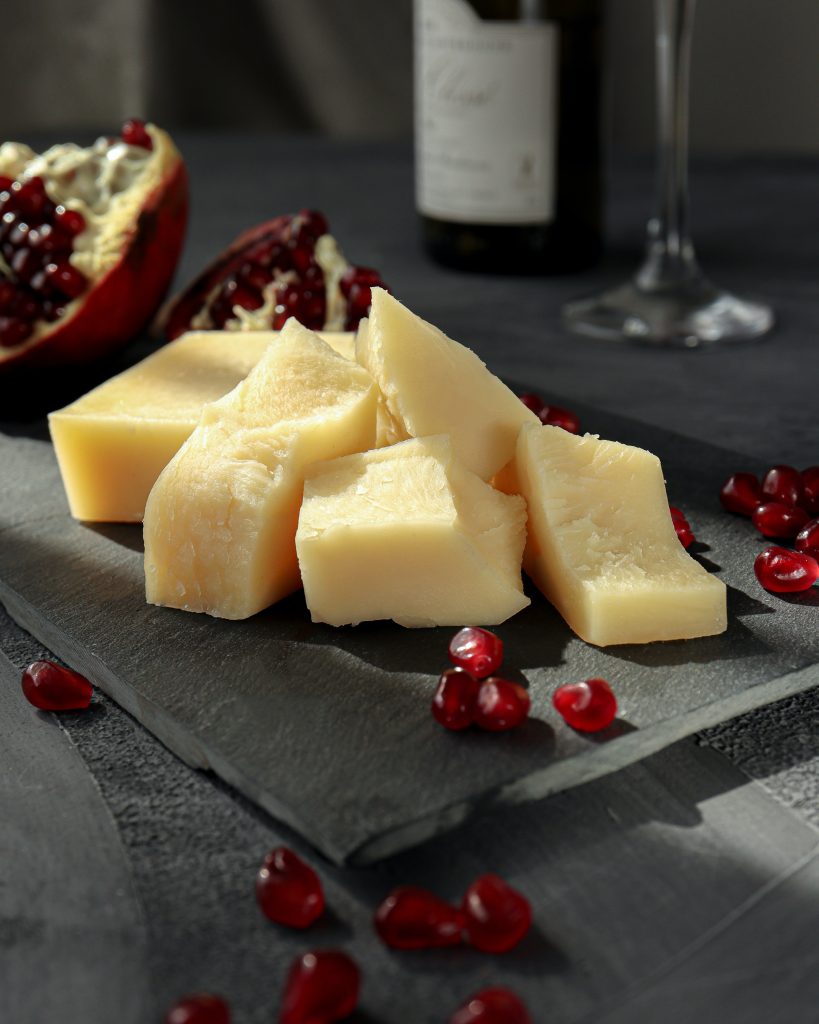
A few of my favourite pairings — some of these are rule-breakers, remember they are just guidelines:
-Try a cab sav, merlot or Bordeaux with cheddars, gouda and other semi-hard cheeses.
-Port goes wonderfully with various bleu cheeses like stilton as a dessert and palate cleanser after a meal. The richness of bleu cheeses goes with the sweetness of the Port.
-A fine Rosé will pair well with goat cheeses or soft cheeses like Brie.
–Others recommend a nice sauvignon blanc to go with goat cheeses — especially ones flavoured with garlic and herbs. Both are nice and make excellent pairings.
-Shiraz pairs great with gouda, something about the sweet but sharp taste of gouda goes perfectly with the complexity of a Shiraz. The smoky flavour profile of a Shiraz also goes well with a smoked gouda.
-A chardonnay with mild cheddar. The key here is mild, I find that a sharp cheddar goes well with a bolder wine, such as a Bordeaux or cabernet sauvignon.
-Champagne or prosecco with a young edam or swiss cheese. The nutty flavours of the cheese and the lightness and bite of the bubbly work very well together.
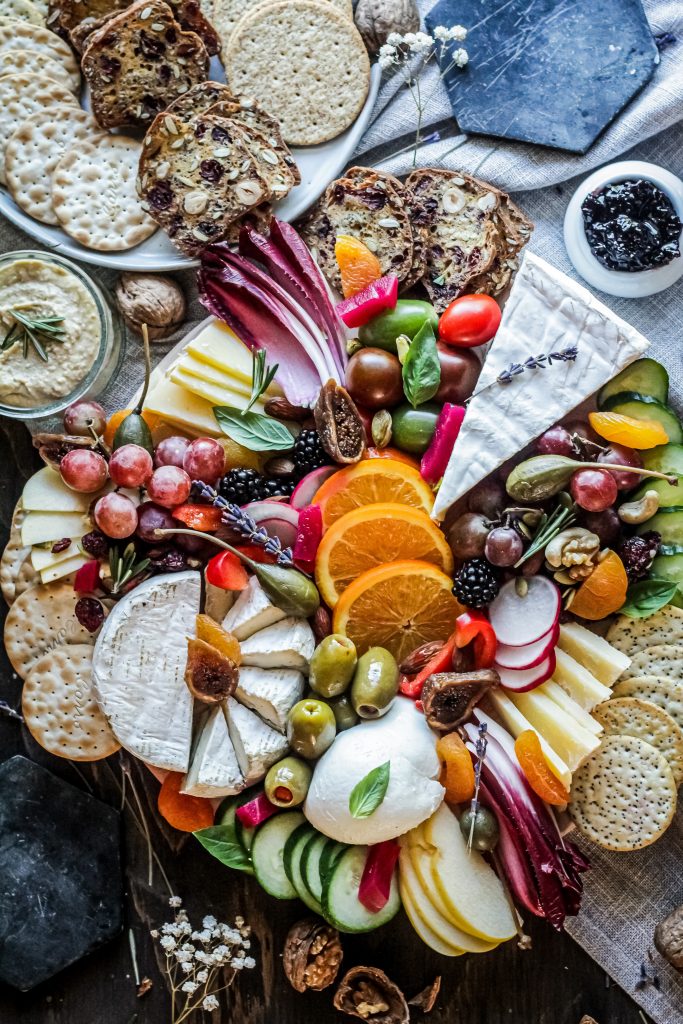
Regional Pairing
As with wines and other meals, “If it grows together, it goes together”, regional pairing can play a role in matching cheeses to wines.
For example, a Manchego from Spain with a Spanish wine like Roja or Cava works nicely or you could try a dry Sancerre from France with goat cheese from the Loire Valley.
It just makes sense. For hundreds, if not thousands, of years locals have been pairing cheeses and wines. They know what works best.
This simple fact is why I often, particularly in Europe, leave my pairings up to the local restaurant. Local wine with a local cheese rarely fails.
The US has a much shorter history with cheese than Europe, however, Californian cheese is likely to go well with Californian wine. A mascarpone made in Cali is sure to taste great with a Moscato from the Sonoma Valley.
If you are creating your own pairings, do be aware of boldness. A highly tannic, bold red still won’t go well with a light and subtle cheese — even if they were produced in the same region.

Overall, cheese and wine are foods made for each other. The breath of variety between cheeses and between wines means that there are endless possibilities when pairing the two.
Like most things in life, it comes down to personal taste and preference. One thing is for sure, once you begin to pair wines and cheeses — you won’t stop.
I often find myself spending far too long in a shop with a bottle of wine in one hand, combing through the offerings of cheese — attempting to find the next perfect pair.
It’s all about loosely following the guidelines and a bit of creativity. So go out, and enjoy cheese and wine the way they were meant to be, together.

